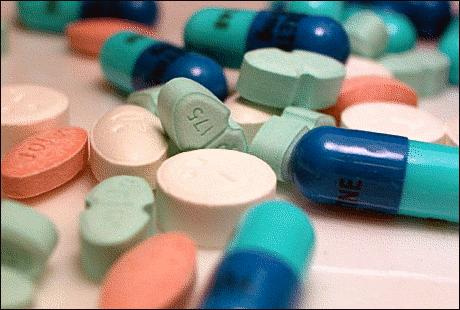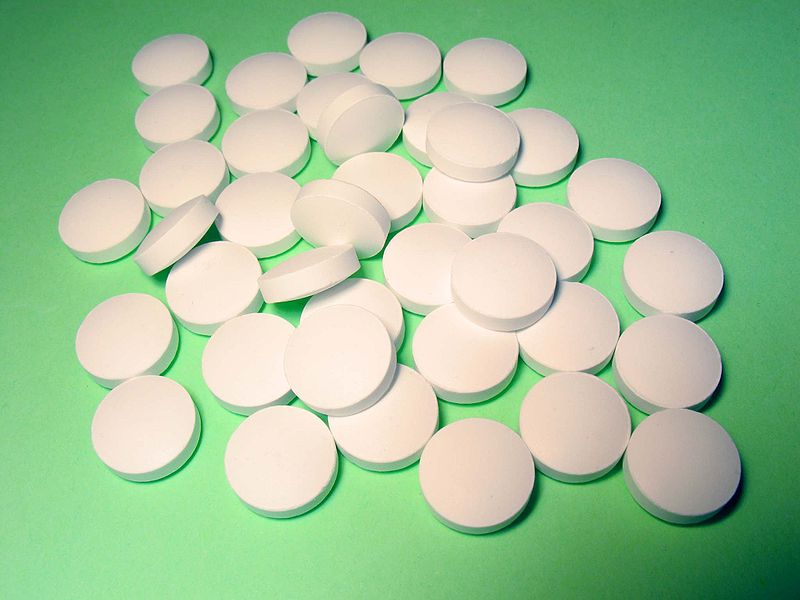Clonidine is imadazoline derivative. It is centrally acting, and is not a prodrug. It is lipid soluble.
Mechanism of action
Mechanism of action of clonidine is different from that of alpha methyl dopa. It does not need to be converted to active metabolite and is active as such. It easily crosses the blood brain barrier and acts as agonist on alpha 2 receptors located in brainstem tractus solitaries.
- It presynaptically inhibits noradrenaline release.
- Postsynaptically, it decreases sympathetic conduction.
- Imidazoline receptors are present in rostroventrolateral medulla which also act and have different action and increase the parasympathetic activity.
Pharmacological actions
CVS
Decreases blood pressure, total peripheral resistance and cardiac output. Because of interaction with receptors, apart from blocking sympathetic system, it also increases parasympathetic outflow (I receptors), leading to decreased heart rate, decreased force of contraction and decreased cardiac output.
Kidneys
Renal blood flow is maintained. Acting as alpha 2 agonist, renin might be decreased. There are chances of tolerance. Kidney functions are maintained.
Adverse effects
CNS
- Sedation
- Dryness of mouth
- Sleep disturbances
- Does not cause extra pyramidal signs
- Does not cause increase in prolactin
- Suicidal tendency
Nasal stuffiness
Contact dermatitis
Some patients are hypersensitive to skin patches of clonidine which are effective for 7 days. This might lead to contact dermatitis.
Rebound hypertension
If Clonidine is withdrawn suddenly, hypertension crisis may occur, even with one to two missed doses. This is because alpha 2 receptors are down regulated due to agonist effect (block sympathetic outflow) while alpha 1 are not (circulating catecholamines produce increased response).
Clonidine has decreased usage now because of rebound hypertension.
Therapeutic uses of Clonidine
1. Hypertension
2. Withdrawal from narcotics, alcohol and tobacco- to counter increased sympathetic activity during drug withdrawal, craving for drug is reduced by clonidine
3. Menopausal hot flushes –due to increased sympathetic activity
4. Diagnosis of pheochromocytoma
Patients have essential hypertension because of increased noradrenaline due to tumor of adrenal gland. Clonidine is given to control blood pressure, at the same time noradrenaline and adrenaline are decreased.
If patient has pheochromocytoma, blood pressure is controlled but there is persistence of levels of adrenaline and noradrenaline, which leads to diagnosis of pheochromocytoma.
5. To prevent diarrhea by diabetic neuropathy –clonidine producing alpha 2 effect, causes decreased salt and water release in lumen along with decreased cAMP, leading to decreased Cl- out flux and increased Na+ influx, This decreases water outflow, reducing diarrhea.
|
Alpha Methyl Dopa |
Clonidine |
| Prodrug –conversion required | No conversion required |
| Decrease in sympathetic activity | Decreased sympathetic and increased parasympathetic outflow |
| Decrease TPR, no effect C.OC.O in elderly only | Decrease TPR and C.O |
| Slow onset | Rapid onset |
| Slow termination of effects | Rapid termination |
| Lipid insoluble, but crosses BBB | Lipid soluble |
| Reverses left ventricular hypertrophy | Cannot reverse |
| No rebound HTN | Rebound HTN |
Continue Reading
Central Sympathoplegics and Alpha Methyl Dopa
 howMed Know Yourself
howMed Know Yourself




